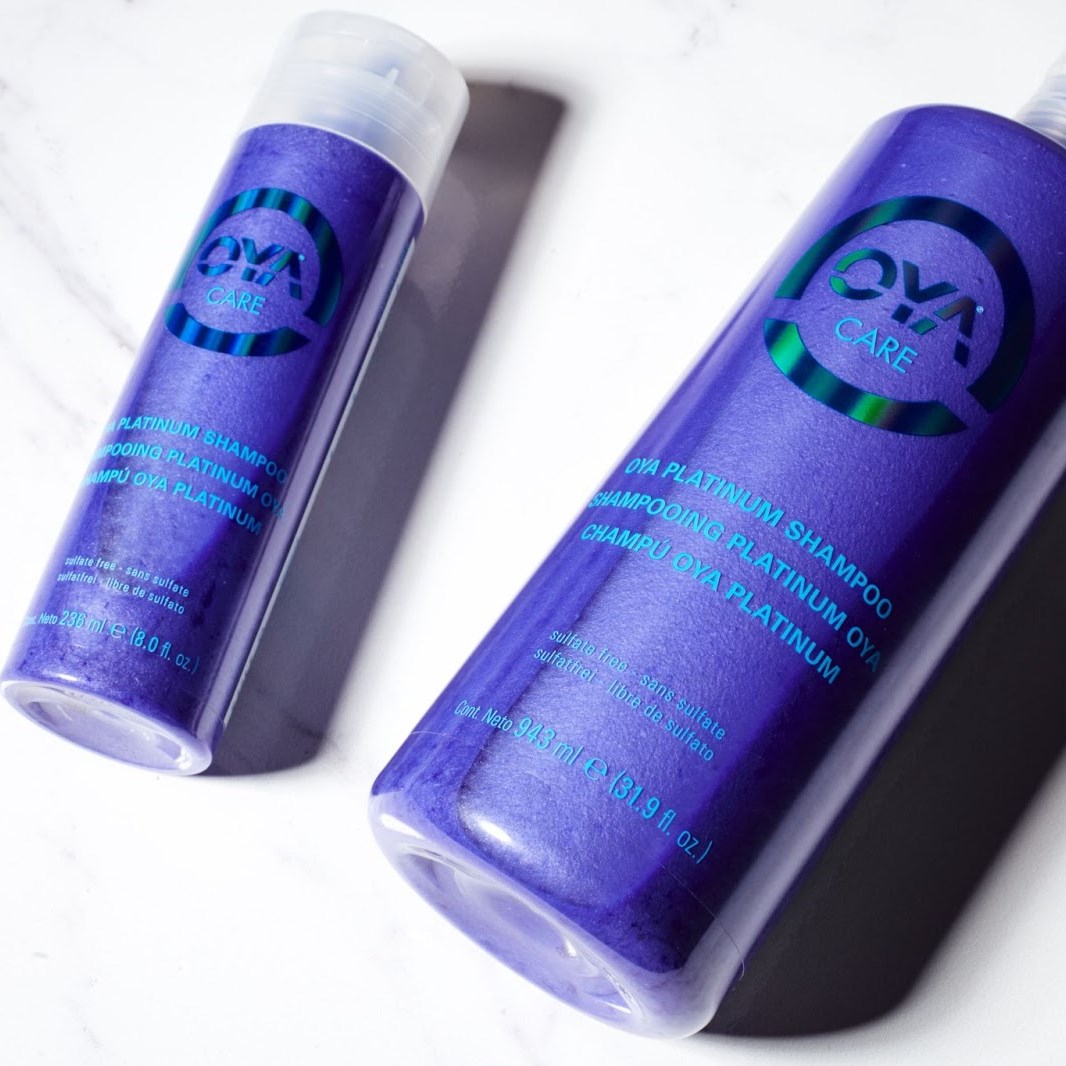Color Harmony: Blending Techniques for Seamless and Natural-Looking Results
Achieving seamless and natural-looking results is a hallmark of exceptional skill and artistry. Clients seek not just color but a harmonious transformation that complements their features and personality.
The Basics
Before we explore advanced blending techniques, let's revisit some foundational concepts:
-
Color Theory: Understanding the color wheel and the principles of complementary colors is crucial. This knowledge helps in neutralizing unwanted undertones and creating harmonious blends.
-
Base Color: A client's natural hair color serves as the base for any blend. It's the canvas upon which you'll work your magic, and understanding its undertones is essential.
-
Porosity and Texture: Assess the hair's porosity and texture, as these factors can affect color absorption and distribution.
Blending Techniques for Seamless Results
-
Root Shadowing: Root shadowing involves applying a slightly darker color to the roots, creating a soft transition from the natural color to the desired shade. This technique is excellent for maintaining a low-maintenance look and is especially popular with balayage and ombre styles.
-
Balayage: Balayage is a freehand technique that allows for a natural, sun-kissed effect. It involves strategically placing color on selected strands, giving a blended and effortlessly chic look.
-
Highlights and Lowlights: To add depth and dimension, consider using both highlights (lighter strands) and lowlights (darker strands). This technique mimics the way natural light plays on the hair.
-
Color Melt: A color melt creates a seamless gradient effect by blending multiple shades together. This technique is ideal for achieving a harmonious transition between colors.
-
Color Weaving: Weaving sections of hair and applying color selectively creates a multi-dimensional effect. It's particularly useful for blending grays or adding subtle highlights.
-
Toning: Toning is the final step in achieving color harmony. It helps neutralize unwanted tones and ensures the color appears as natural as possible. Consider using toners in shades that complement the client's skin tone.
Product Recommendations
To execute these blending techniques effectively, ensure you have a comprehensive range of high-quality color products at your disposal. Invest in reliable developer strengths, toners, and a variety of shades to meet diverse client needs. Stay updated on the latest color products and technologies to offer the best results.
Successful blending begins with a thorough consultation. Listen attentively to your clients' desires and assess their hair type, condition, and natural color. Discuss the maintenance required for their chosen blend and recommend professional color-safe products to maintain the color's vibrancy. Blending techniques are the cornerstone of creating stunning, harmonious colors that accentuate your clients' natural beauty. By mastering these techniques and consistently refining your skills, you'll earn a reputation as a trusted stylist capable of delivering seamless and natural-looking results. Approach each color transformation with confidence, armed with the knowledge and techniques discussed here. Your ability to blend color harmoniously will continue to delight and satisfy your clients, leaving them feeling their best and confident in your expertise.















